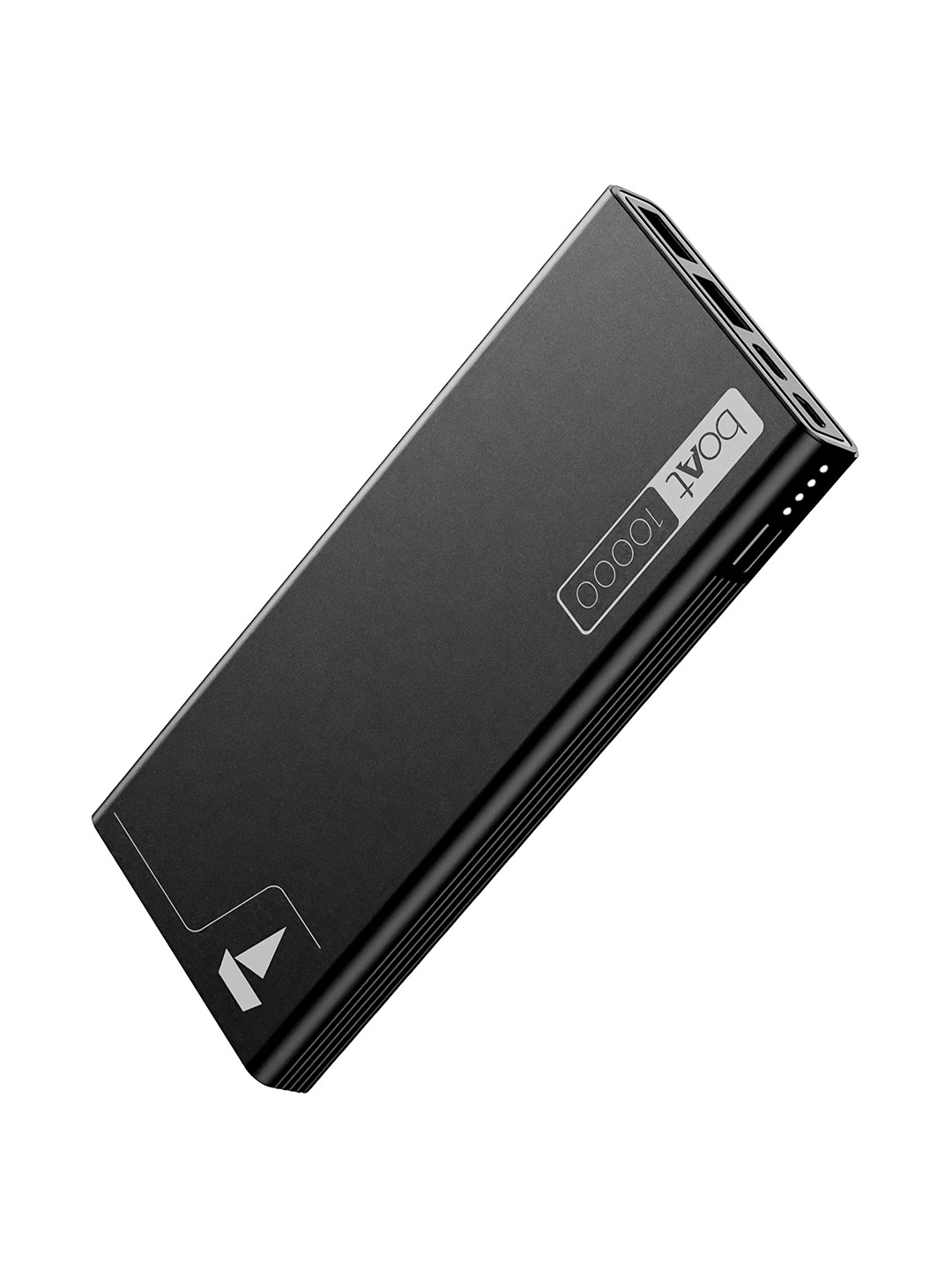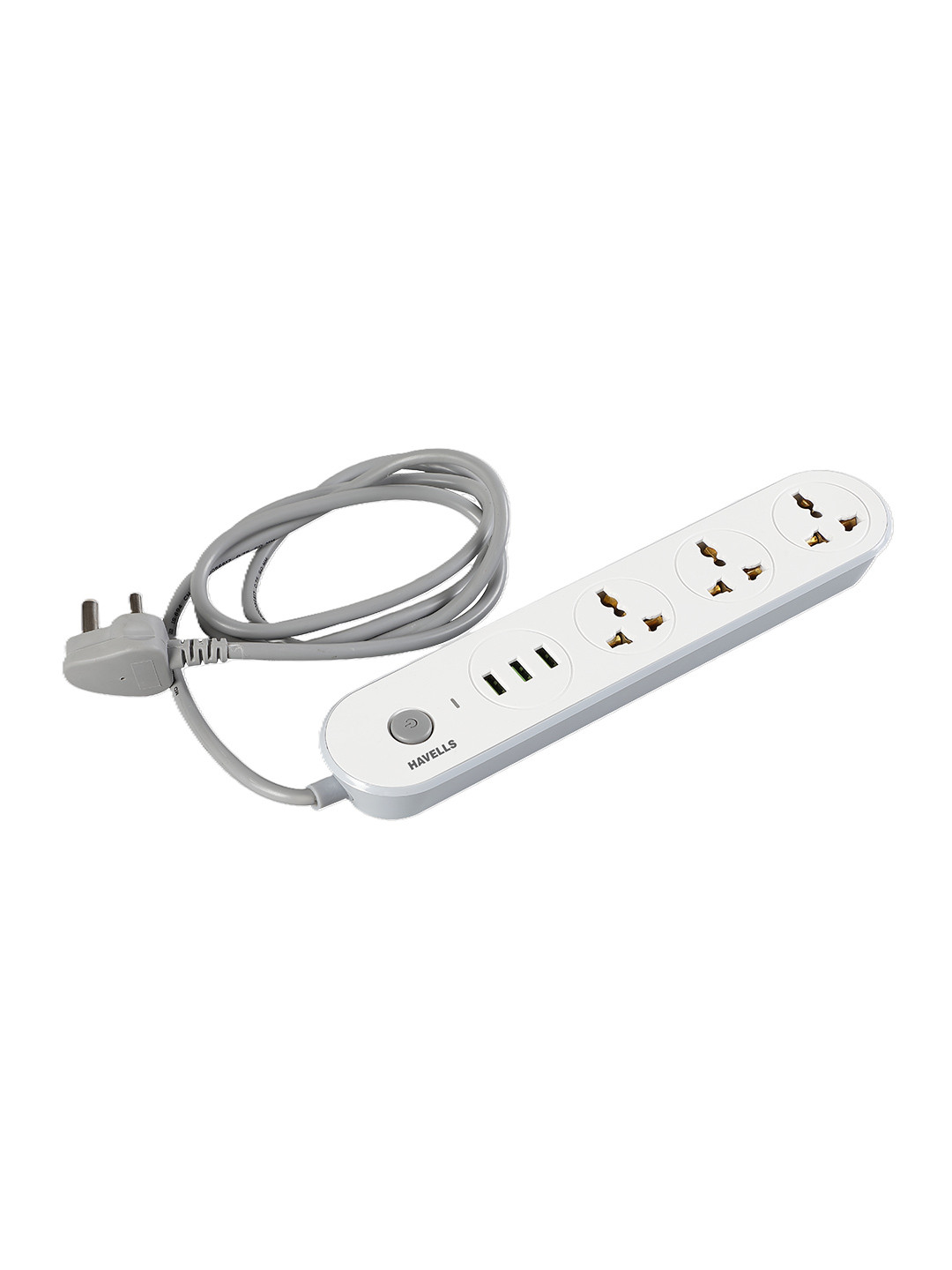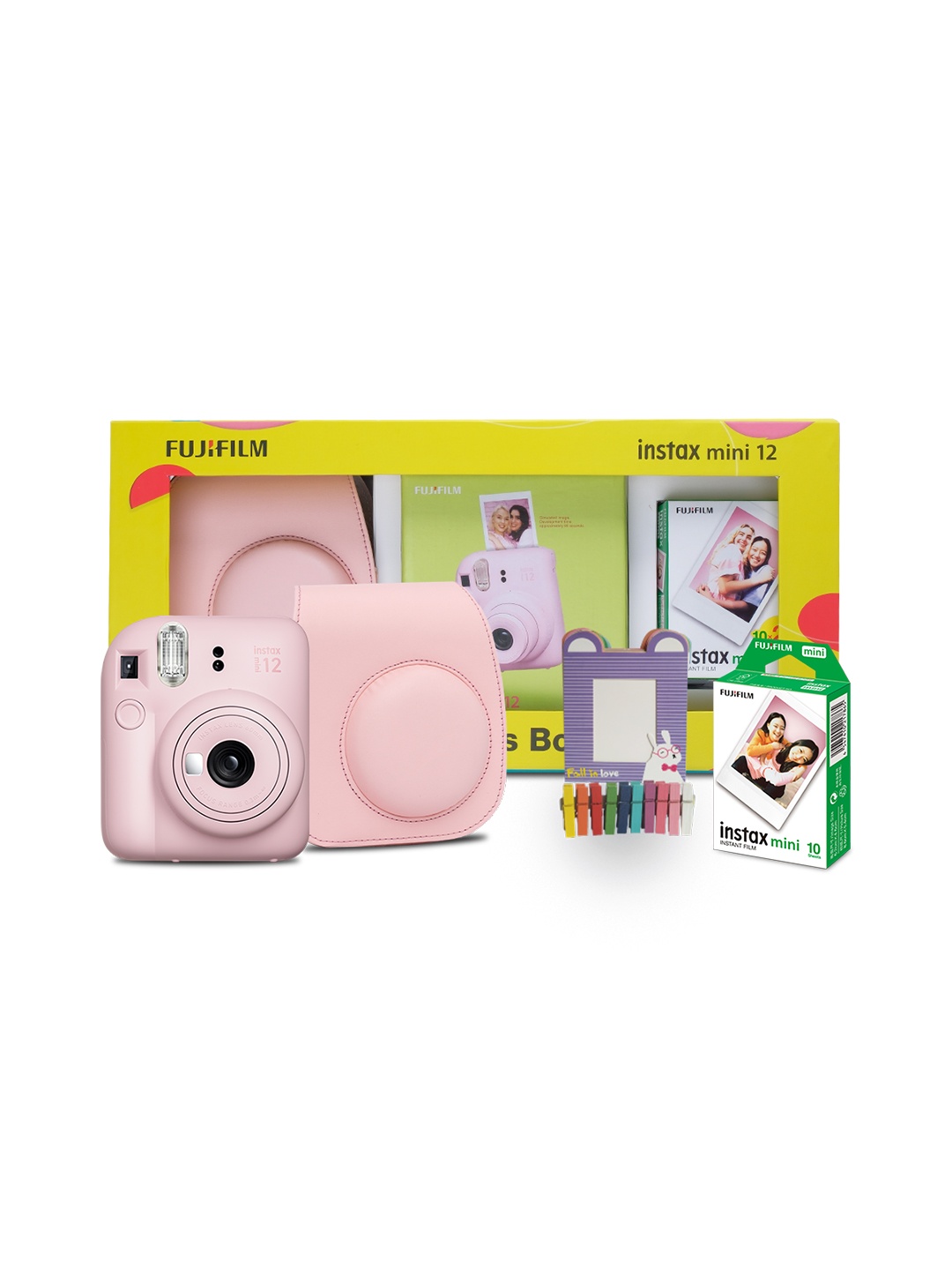4K OLED vs 4K QLED: Which TV Is Better? Top Features, Price And Picture Quality Compared
Choosing between a 4K OLED and a 4K QLED TV feels a bit like deciding between two blockbuster movies; both are visually stunning, yet each tells a different story. Let’s unravel the secrets behind these two premium TV technologies.

4K OLED vs 4K QLED: TV Panel Showdown, Price And Top Features Compared.
There was a time when television was simple: a bulky box, a few channels, and the occasional cricket match with fuzzy reception. Fast forward to today, and it's a whole new world. TVs have turned into sleek works of art with technology so advanced, it feels like stepping inside the screen itself. The two heavyweights ruling this visual battlefield? 4K OLED and 4K QLED.

Important things to know about 4K OLED vs 4K QLED TVs; Photo Credit: Unsplash
Both promise jaw-dropping visuals, lifelike colours, and a cinematic experience right in your living room. But which one's the better choice? Is OLED's deep black magic worth the hype, or does QLED's dazzling brightness steal the spotlight? Grab a cup of chai, sit back, and let's dive into 4K OLED vs 4K QLED TV showdown - find out which is better in terms of top features, price and picture quality. Check top picks from Samsung, VU to TCL too.
Also Read: 10 Best Tips to Choose a TV for a Small Living Room Without Making It Look Crowded
The Ultimate Face-Off: OLED vs QLED: 10 Key Features Compared
1. Display Technology, The Core of the Battle
At the heart of the debate lies the very foundation of these displays, how they produce light and colour. OLED (Organic Light Emitting Diode) panels use self-lit pixels. Each pixel turns on or off independently, creating perfect blacks and stunning contrast. Imagine watching a night sky where every star shines individually; that's OLED for you.
QLED (Quantum Dot LED), on the other hand, uses a backlight with quantum dots, tiny crystals that boost brightness and colour vibrancy. Think of it as a well-lit festival street; everything looks dazzling, even under bright lights. While QLEDs can't turn off individual pixels, their brightness levels make them superb for rooms with plenty of sunlight.
So, OLED gives you drama and depth; QLED gives you radiance and range. Both have their charm; it depends on whether you love moody midnight scenes or vibrant daylight displays.
2. Picture Quality, A Feast for the Eyes
When it comes to sheer picture quality, OLED often steals the show. The ability to completely switch off pixels means absolute blacks, not just dark grey pretending to be black. Every shadow feels alive, every light source looks natural. Whether you're binge-watching a thriller or rewatching Baahubali, the contrast feels cinematic.
QLED fights back with incredible brightness and colour accuracy. Those quantum dots make reds richer, blues deeper, and greens more vivid. Watching a cricket match? The lush green pitch and bright jerseys pop out beautifully. In bright rooms, QLED performs like a champ, maintaining clarity and punch even under sunlight.
OLED wins in darkness; QLED wins in daylight. It's a visual tug-of-war that ends with your eyes being the true winners.
3. Brightness and Contrast, Light vs Shadow
If you love watching TV during the day with curtains wide open, QLED is your friend. Its LED backlighting system delivers high brightness levels, ensuring you never miss a detail. The whites are crisp, and the highlights sparkle. Think of it as Diwali lights, bright, festive, and impossible to ignore.
OLED, however, is all about subtlety. Its contrast ratio is unbeatable because when a pixel turns off, it emits zero light. You get true blacks that make every frame look alive. The transition between bright and dark areas feels seamless, adding emotional depth to every scene. Imagine watching Interstellar or Dark at night, OLED creates an atmosphere that pulls you in completely.
So, if you're a night owl who loves immersive movie marathons, OLED shines brightest (ironically, by being darker).

Check the differences between 4K OLED vs 4K QLED TV brightness and contrast; Photo Credit: Unsplash
4. Colour Accuracy and Vibrancy, The Art of Realism
Colours are where these technologies flex their muscles. QLED TVs, with quantum dots, offer a wider colour spectrum and higher brightness levels, making them great for vibrant visuals. They handle HDR content beautifully, explosions, sunsets, or the intricate embroidery on a costume, all burst with life.
OLEDs, though slightly dimmer, produce more natural and accurate colours. The hues look softer and truer, not exaggerated. Skin tones appear more lifelike, and transitions between colours feel smoother. If your eyes crave realism over radiance, OLED hits the sweet spot.
It's like comparing two painting styles, QLED's is bold and vivid; OLED's is detailed and emotional.
5. Viewing Angles, Where You Sit Matters
Ever noticed how some TVs lose colour or brightness when viewed from the side? That's where OLED takes a commanding lead. Since every pixel emits its own light, the picture remains consistent from almost any angle. Perfect for families where no one agrees on the “best spot” on the sofa.
QLEDs have improved over the years, but they still rely on backlighting, which means a slight drop in colour and contrast from wider angles. Sit right in front, and it's perfect; move to the side, and you'll notice the difference.
So, for social viewing, think cricket nights with friends or Sunday movie marathons, OLED ensures everyone gets the best seat in the house.
6. Durability and Lifespan, Built to Last
Durability often tilts the balance for buyers. OLED panels, being made of organic compounds, can degrade faster over time. There's also the risk of burn-in, where static images like channel logos leave faint marks on the screen after prolonged display. That said, modern OLEDs come with smart pixel-shifting technology to minimise this issue.
QLEDs, built on inorganic quantum dots, are more resilient. They don't suffer from burn-in and tend to maintain brightness longer. For households where the TV runs almost all day, from morning news to late-night OTT binges, QLED might be the more practical choice.
In short, OLED wins on beauty; QLED wins on stamina.

Consider the build quality, durability, and lifespan; Photo Credit: Unsplash
7. Gaming Performance, Fast, Smooth, and Stunning
Gamers, this one's for you. OLEDs have lightning-fast response times and near-zero input lag, making every movement fluid and sharp. Whether you're racing down digital streets or battling enemies, the experience feels instant and immersive. Plus, the perfect blacks make darker game scenes look incredibly realistic.
QLEDs aren't far behind. They offer bright visuals, great HDR performance, and game modes that optimise response times. Their higher brightness gives a visual edge in colourful, dynamic games. However, hardcore gamers who notice every millisecond difference may still lean towards OLED.
Both handle next-gen consoles like the PlayStation 5 and Xbox Series X beautifully, but for absolute precision, OLED gets the nod.
8. Price and Value, What's Worth Your Money
Let's be honest, price plays a big role. OLEDs are premium, and you'll feel it in your wallet. Expect to pay anywhere between ₹90,000 and ₹3,00,000 depending on size and brand. You're paying for top-tier technology, deep blacks, and cinematic visuals.
QLEDs, meanwhile, offer a more budget-friendly path to luxury. You can find excellent 4K QLED TVs starting around ₹60,000, with flagship models going up to ₹2,00,000. They provide fantastic performance without the OLED price tag.
If you want sheer performance and are ready to splurge, OLED is worth every rupee. But if you're after a bright, durable, and visually impressive TV that balances cost and quality, QLED is a smart buy.
9. Energy Efficiency, Powering the Picture
Here's a practical angle, electricity. OLEDs use less power when displaying darker scenes because individual pixels can switch off entirely. That means during movie nights or darker content, they sip power rather than guzzle it.
QLEDs, however, always keep their backlight on, consuming more energy regardless of what's on screen. Over time, this can make a noticeable difference in your electricity bill, especially in homes where the TV runs for hours daily.
So if energy savings matter to you (and who doesn't love a lighter bill?), OLED quietly wins this round.

OLEDs can be more energy-efficient than QLEDs; Photo Credit: Unsplash
10. The Aesthetic Appeal, A Showpiece in Your Living Room
Beyond specs and pixels, TVs today double up as decor. OLED TVs are incredibly slim, some are thinner than a smartphone. They mount flush against the wall, giving your living room a minimalist, futuristic vibe. Some even roll up or blend into the wall like digital art pieces.
QLEDs, while slightly thicker, come in stunning designs too. Samsung's “The Frame” QLED, for example, transforms into wall art when not in use. For those who care about both design and performance, QLEDs offer variety and visual appeal.
Both technologies have moved far beyond being just screens; they're lifestyle statements.
Products Related To This Article
1. Vu 126cm (50 inches) Vibe Series 4K QLED Smart Google TV 50VIBE
2. Samsung 138 cm (55 inches) 4K Ultra HD Smart OLED TV
3. VW 165 cm (65 inches) Pro Series 4K Ultra HD Smart QLED Google TV
4. Mi 138.8 cm (55 inches) 4K Ultra HD Smart Android OLED TV
5. TCL 108 cm (43 inches) 4K Ultra HD Smart QLED Google TV
So, who wins the 4K TV battle, OLED or QLED? The truth is, there's no single victor. OLED delivers unmatched picture perfection, pure blacks, and an emotional viewing experience that feels almost cinematic. It's perfect for movie lovers, gamers, and night-time viewers who crave depth and drama.
QLED, on the other hand, shines brighter, literally. It offers stunning vibrancy, durability, and better value for money. It's ideal for brightly lit rooms, long viewing hours, and families looking for a balanced mix of performance and practicality.
Think of OLED as fine art, delicate, elegant, and mesmerising. QLED is a festival, bright, lively, and full of energy. Whichever you choose, one thing's certain: the next time you switch on your TV, it won't just be entertainment; it'll be an experience.
(Disclaimer: This article may include references to or features of products and services made available through affiliate marketing campaigns. NDTV Convergence Limited (“NDTV”) strives to maintain editorial independence while participating in such campaigns. NDTV does not assume responsibility for the performance or claims of any featured products or services.)
























